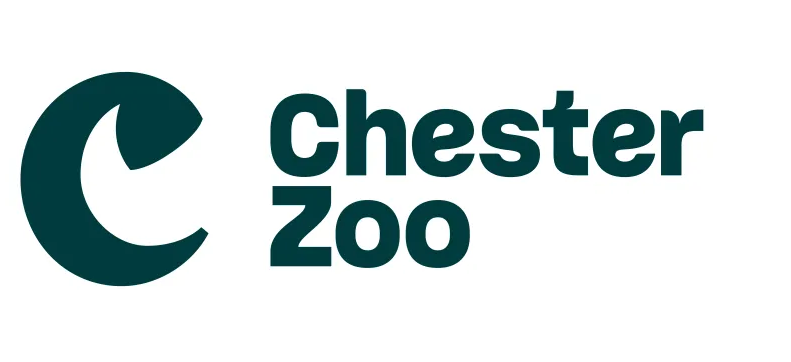Nutrition in captive penguins: What do we know about how can we make it better?
DOI:
https://doi.org/10.19227/jzar.v12i2.763Keywords:
Spheniscidae, animal nutrition, energy requirements, feeding guidelines, polar habitatAbstract
Penguins are Southern Hemisphere seabirds, spanning tropical, temperate, sub?Antarctic, and high?Antarctic regions. They comprise 18 species that collectively rank among the most endangered seabirds, with two-thirds of its species considered as threatened by the IUCN. Besides animal nutrition being a key factor for achieving optimal levels of health, growth, reproduction, survival and longevity of wild species under human care, little is known in terms of penguin nutrition. Nowadays, a combination of needs extrapolated from domestic poultry, carnivore mammals and other fish-eating vertebrates are used as standard data for diet formulation. In fact, there is heavy dependance on ingestion rates when discussing feeding requirements for captive animals. Most penguins in zoos and aquariums have the opportunity to eat to the point of satiety, assuming that the proper environmental conditions will oscillate and regulates its normal cycles of activity and energy requirements. However, energy dense fish species commonly adopted in captivity are likely to limit food intake, leading animals to cease consumption before ingesting the minimum amount of essential nutrients. Yet, not all institutions keep environmental seasonality in terms of photoperiod and temperature. The lack of these features might compromise animal’s ability to auto-regulate consumption or to keep adequate rhythms of molting and reproduction. Even when environmental seasonality is provided, the instinctive urge for food might impose feeding intakes above what is required, once those animals have adapted to storage nutrients in all opportunities. In order to avoid the effect of overfeeding and guarantee healthy conditions in captive populations, diet formulation should always consider the energy requirements for the species and its physiological state, associated to adequate feeding rates. In this sense, this review aims to help optimize feeding protocols for captive penguins, differentiating requirements within species and developmental stage.
Downloads
Published
How to Cite
Issue
Section
License
JZAR fulfils the DOAJ definition of open access and provides free and open access to the full text of all content without delay under a Creative Commons licence. The copyright holder of JZAR publications grants usage rights to third parties, allowing for immediate free access to the work and permitting any user to read, download, copy, distribute, print, search, or link to the full texts of articles.







